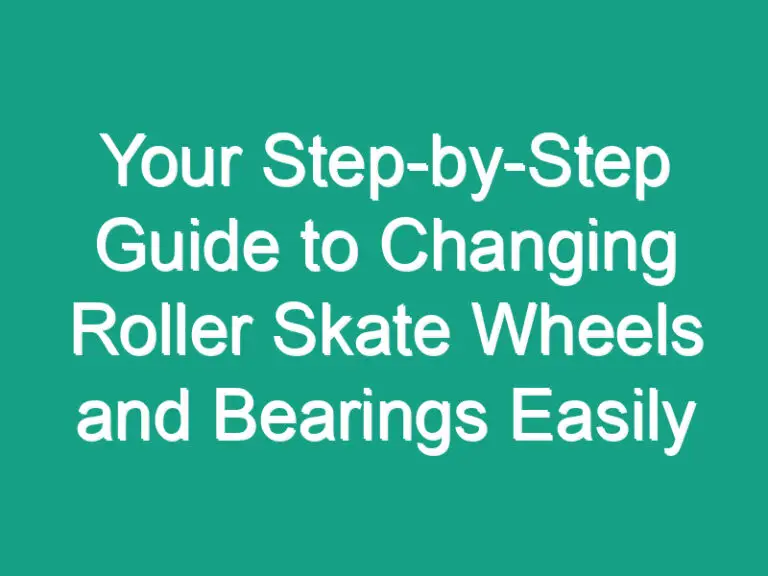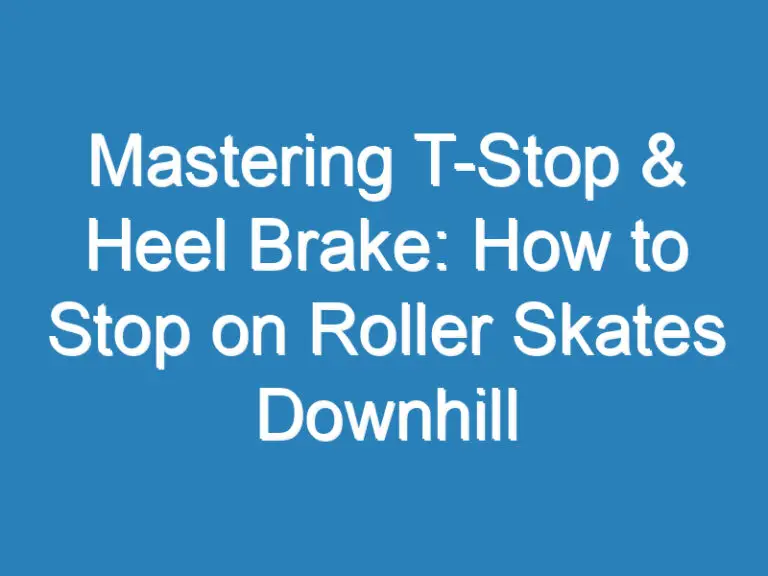
Are you struggling with uncomfortable snowboard boots? Well, I’ve got you covered! In this article, I’ll walk you through the step-by-step process of heat molding your snowboard boots for a custom fit that’ll have you shredding the slopes in comfort and style.
Key Takeaways
- Prioritize comfort and performance when choosing snowboard boots by considering factors like flex rating, lacing system, boot liner, boot size, ankle support, and brand reputation.
- Prepare snowboard boots for the molding process by cleaning them thoroughly, removing insoles and liners, loosening the lacing, preheating the oven, and preparing a form for shaping.
- Follow a precise heating process by preheating the oven to the recommended temperature, inserting the boots on foil-lined baking sheet, monitoring the timing (10-15 mins), and allowing the boots to cool before testing the fit.
- The molding process involves heating the boots at 225-250°F for 10-20 mins, monitoring closely to avoid overheating, and allowing them to cool to set in the molded shape for a perfect fit.
- Test the fit of the heated snowboard boots by assessing comfort, flexibility, heel hold, toe wiggle room, and overall comfort before hitting the slopes for an enhanced snowboarding experience.
Choosing the Right Boots
When choosing the perfect snowboard boots, it’s crucial to prioritize comfort and performance to enhance your snowboarding experience. Here are a few key factors to consider:
- Flex Rating: Choose a flex rating that matches your riding style, with soft flex for beginners and stiff flex for advanced riders.
- Lacing System: Decide between traditional laces, quick-pull laces, or Boa systems based on your convenience and preference.
- Boot Liner: Opt for intuition liners for heat moldable capabilities, ensuring a custom fit for maximum comfort.
- Boot Size: Take accurate foot measurements and consider trying on different sizes to find the best fit since sizing may vary among brands.
- Ankle Support: Look for boots with sufficient ankle support to prevent injuries and enhance stability while riding.
- Brand Reputation: Consider reputable brands known for their quality and durability to ensure longevity and performance.
By prioritizing these factors when selecting your snowboard boots, you can optimize your comfort and performance on the slopes.
Preparing the Boots for Molding
Before heat molding your snowboard boots, it’s crucial to prepare them properly to achieve the best results. Here’s how I ensure my boots are ready for the molding process:
- Thorough Cleaning: Begin by cleaning the boots inside and out to remove any dirt, debris, or moisture that could affect the molding process.
- Remove Insoles and Liners: Take out the insoles and liners from the boots to ensure even heat distribution during the molding procedure.
- Loosen the Lacing: Loosen the lacing system on the boots to allow them to expand properly as they mold to your feet.
- Preheat the Oven: If you’re using a home oven, preheat it to the recommended temperature specified by the boot manufacturer.
- Prepare a Form: Have a suitable form ready to help maintain the shape of the boots during the molding process.
By following these steps, you can ensure that your snowboard boots are primed and ready for the heat molding process.
Heating Process
When it comes to the Heating Process for molding snowboard boots, precision is key for optimal results. Here’s how I tackle this crucial step:
Preparing the Oven
- I preheat the oven to the manufacturer’s recommended temperature, usually around 225°F to 250°F.
Inserting the Boots
- I place the prepared snowboard boots on a baking sheet lined with aluminum foil.
Timing is Essential
- I carefully monitor the process, typically lasting 10 to 15 minutes. I want the boots to be warm but not overheated.
Removing and Cooling
- Once the heating time is up, I take the boots out of the oven and allow them to cool for a few minutes before handling.
- I put on the boots and walk around to check for the desired fit and flexibility. This step ensures that the boots mold perfectly to my feet.
By following these steps with precision, I can ensure that the heat molding process is executed flawlessly, guaranteeing comfort and performance on the slopes.
Molding Process
When it comes to the Molding Process of snowboard boots, precision is key. It starts with preparing the oven to the ideal temperature, typically between 225-250°F. Inserting the boots into the oven is the next step, making sure they’re positioned properly for an even heat distribution.
Monitoring the timing is crucial – most boots require about 10-20 minutes in the oven to reach the optimal temperature for molding. Overheating can damage the boots, so keeping a close eye on the clock is essential.
After heating, allowing the boots to cool is just as important as heating them. This helps the material to set in the molded shape, ensuring a perfect fit. Remember, patience is key in this step.
Trying on the boots post-heating is the final step in the process. This is the moment of truth where you get to feel the difference in fit and flexibility. Make sure the boots conform comfortably to your feet before hitting the slopes for an enhanced snowboarding experience.
Testing the Fit
Trying on the snowboard boots after the heating process is crucial to ensure a perfect fit. Here’s how I assess the fit and flexibility before hitting the slopes:
- Fit Assessment: I carefully wear the boots, making sure they are comfortably snug without any pressure points that could cause discomfort during snowboarding.
- Flexibility Check: I move my feet and ankles in different directions to check the flexibility of the boots. They should allow for easy movement while providing the necessary support.
- Walk and Bend: I walk around in the boots and bend my knees to mimic snowboarding movements. This helps me determine if the boots provide the right balance of support and mobility.
- Heel Hold: Ensuring a secure heel hold is essential for stability and control while snowboarding. I pay attention to any slippage or movement in the heel area.
- Toe Wiggle Room: Having some toe wiggle room is important for blood circulation and warmth. I check if my toes have enough space without being too cramped.
- Overall Comfort: Lastly, I assess the overall comfort of the boots. They should feel snug yet comfortable, providing the right balance for a full day of snowboarding.
By carefully testing the fit and comfort of the heated snowboard boots, I can ensure a personalized and tailored experience on the slopes.
Conclusion
After following these steps to heat mold your snowboard boots, you’ll be ready to enjoy a comfortable and customized snowboarding experience. Remember to prioritize testing the fit and flexibility of your boots to ensure optimal performance on the slopes. By paying attention to comfort, heel hold, toe room, and overall fit, you can make the most of your time on the mountain. With a properly fitted pair of snowboard boots, you’ll be able to focus on perfecting your skills and conquering the snow-covered terrain with confidence. So, get out there, hit the slopes, and have an amazing time shredding!
Frequently Asked Questions
How important is it to test the fit of snowboard boots after heating them?
Testing the fit of snowboard boots after heating is crucial to ensure a personalized and comfortable experience while snowboarding. By assessing factors like comfort, flexibility, heel hold, toe wiggle room, and overall fit, a snowboarder can guarantee a tailored fit for an enjoyable day on the slopes.
What factors should be evaluated when testing the fit of snowboard boots post-heating?
When testing the fit of snowboard boots after heating, it is essential to evaluate comfort, flexibility, heel hold, toe wiggle room, and overall fit. These factors play a significant role in ensuring that the boots fit perfectly and provide the necessary support and performance for snowboarding.
Why is it important to check the comfort of snowboard boots after heating them?
Checking the comfort of snowboard boots after heating is essential to ensure that the boots provide a snug yet comfortable fit. Comfort is crucial for enhancing the overall snowboarding experience, as it allows the rider to focus on their performance without any discomfort or distractions caused by ill-fitting or uncomfortable boots.

Hi, This is Roasalin, I have loved Skating since my early childhood days, and here I share my experiences and tips for beginners who want to turn into pro skaters. I hope you find it useful. you can contact me here






